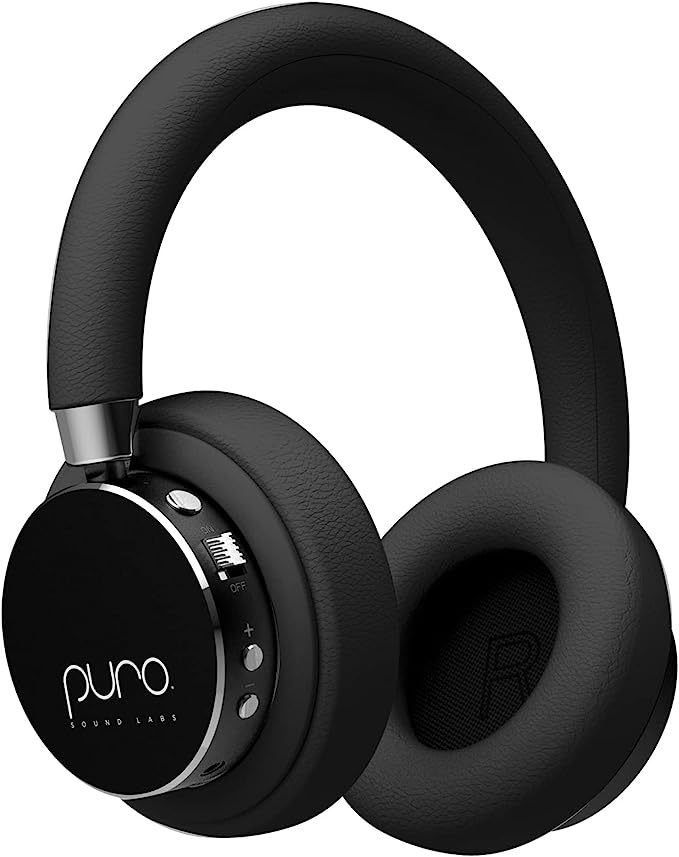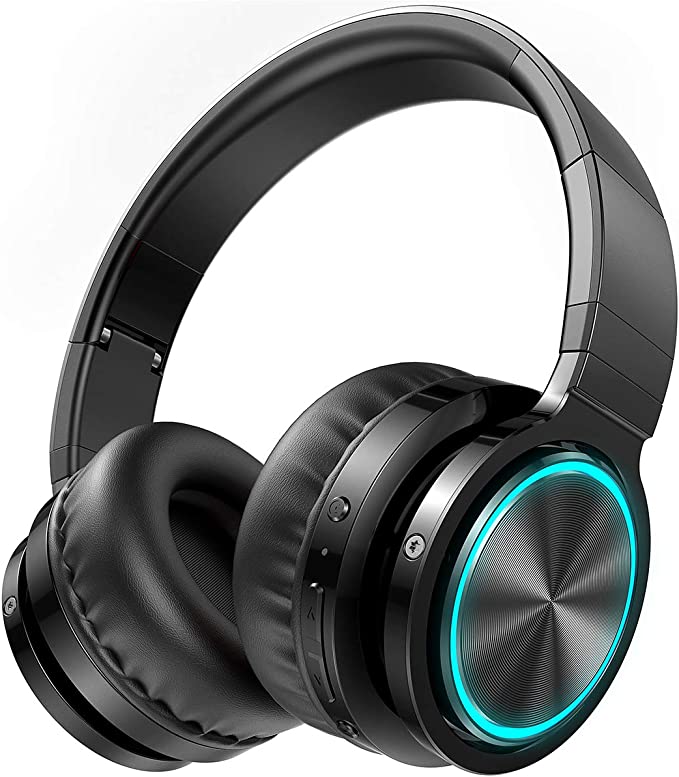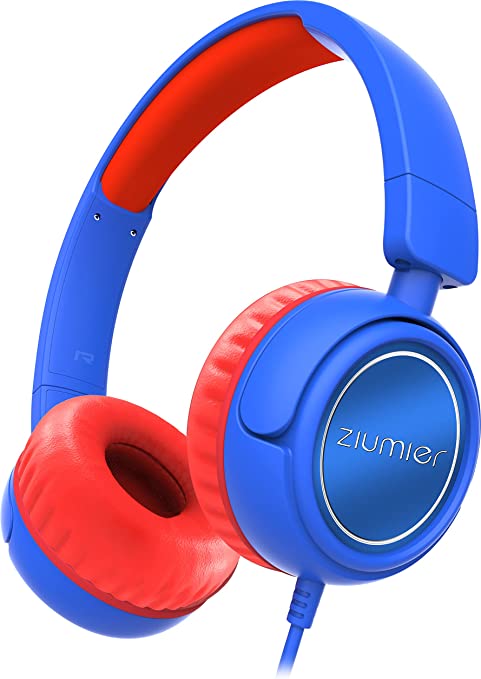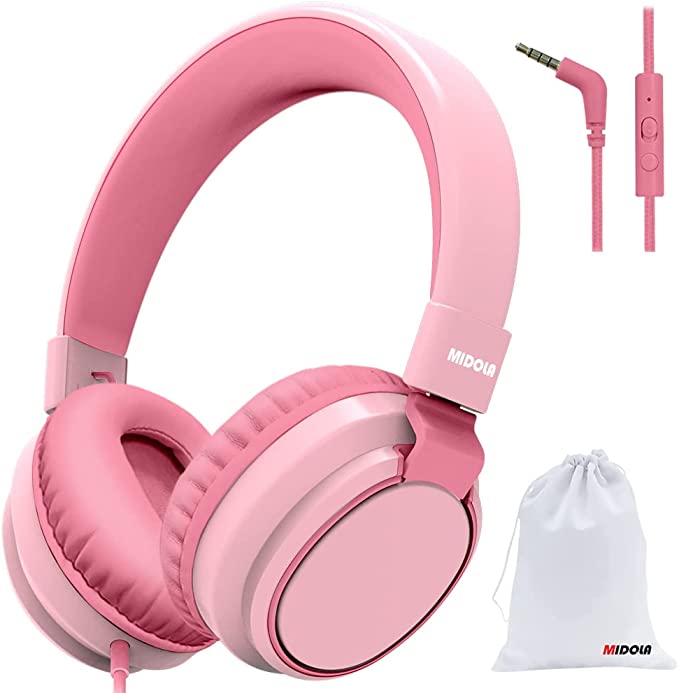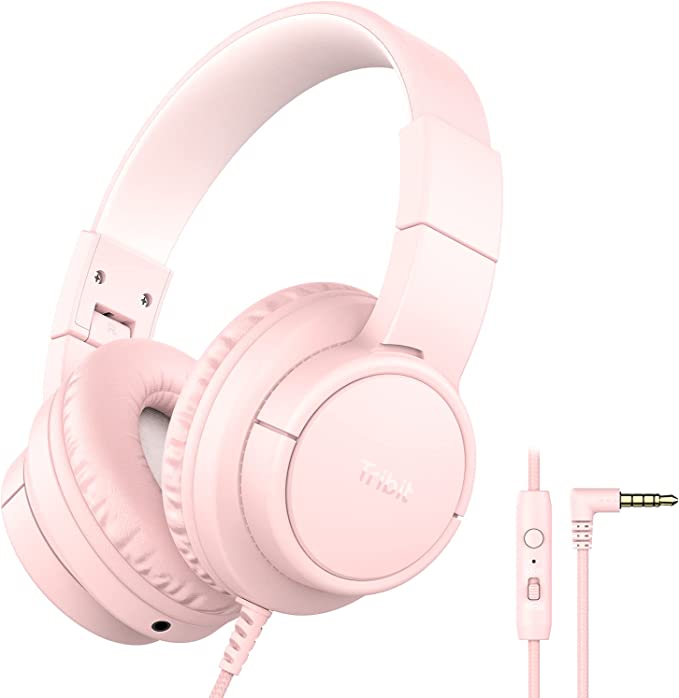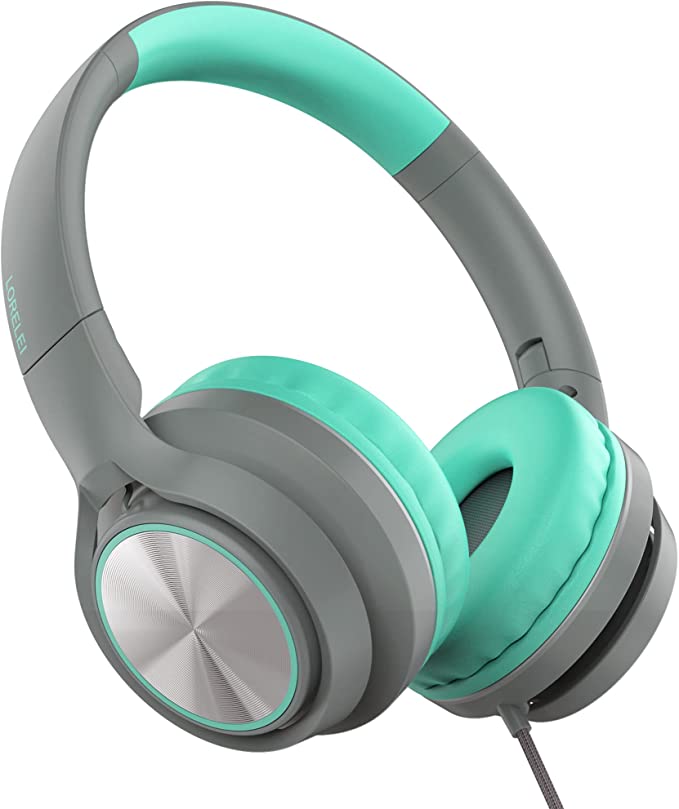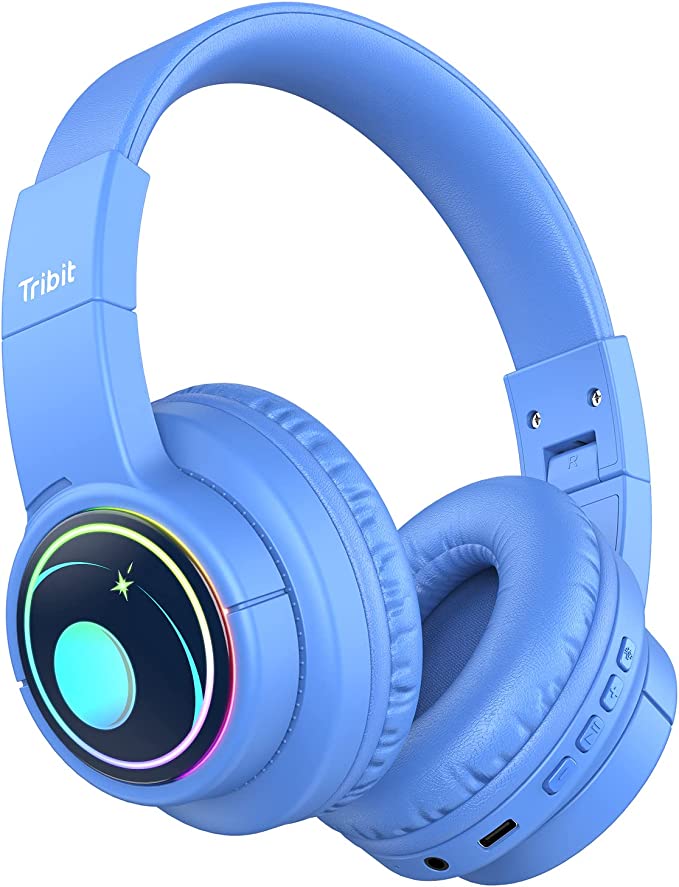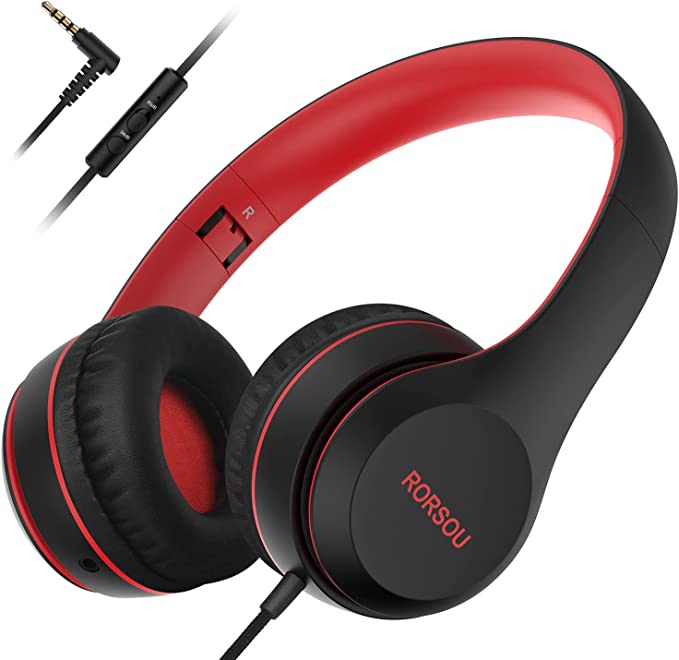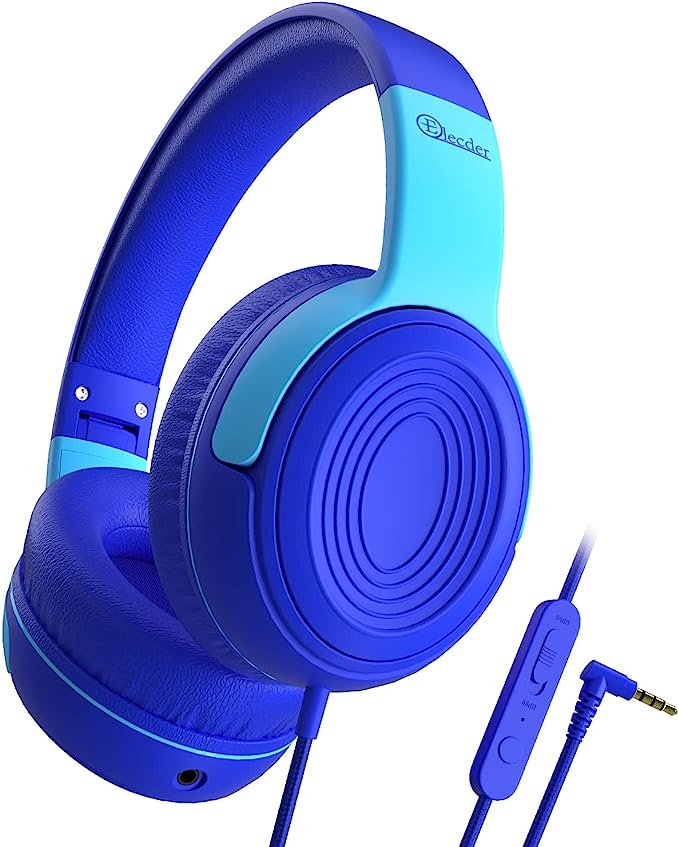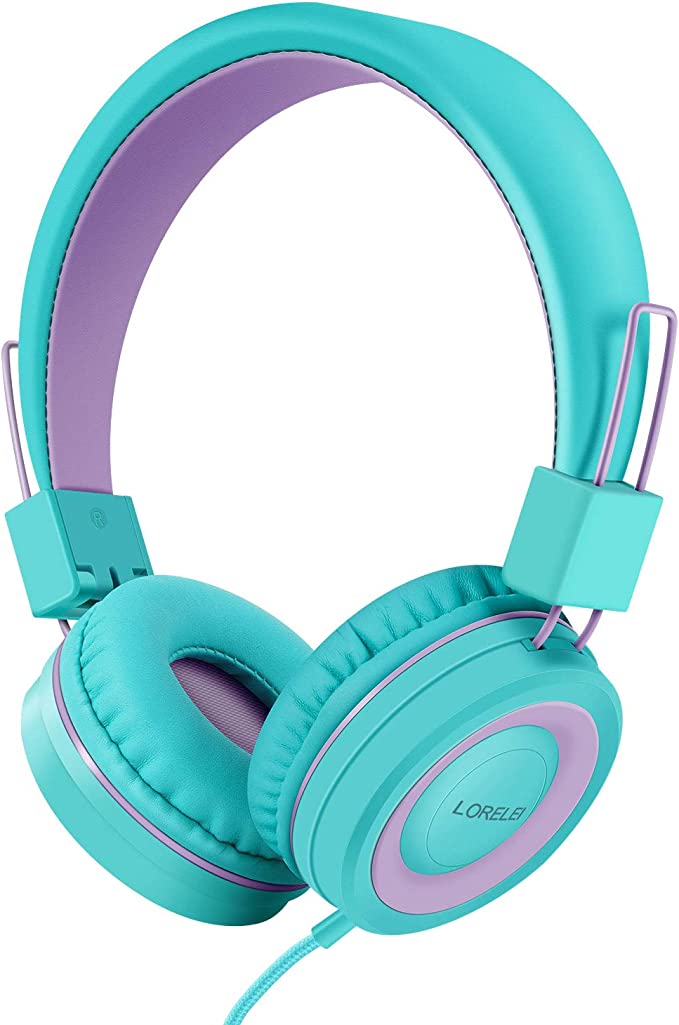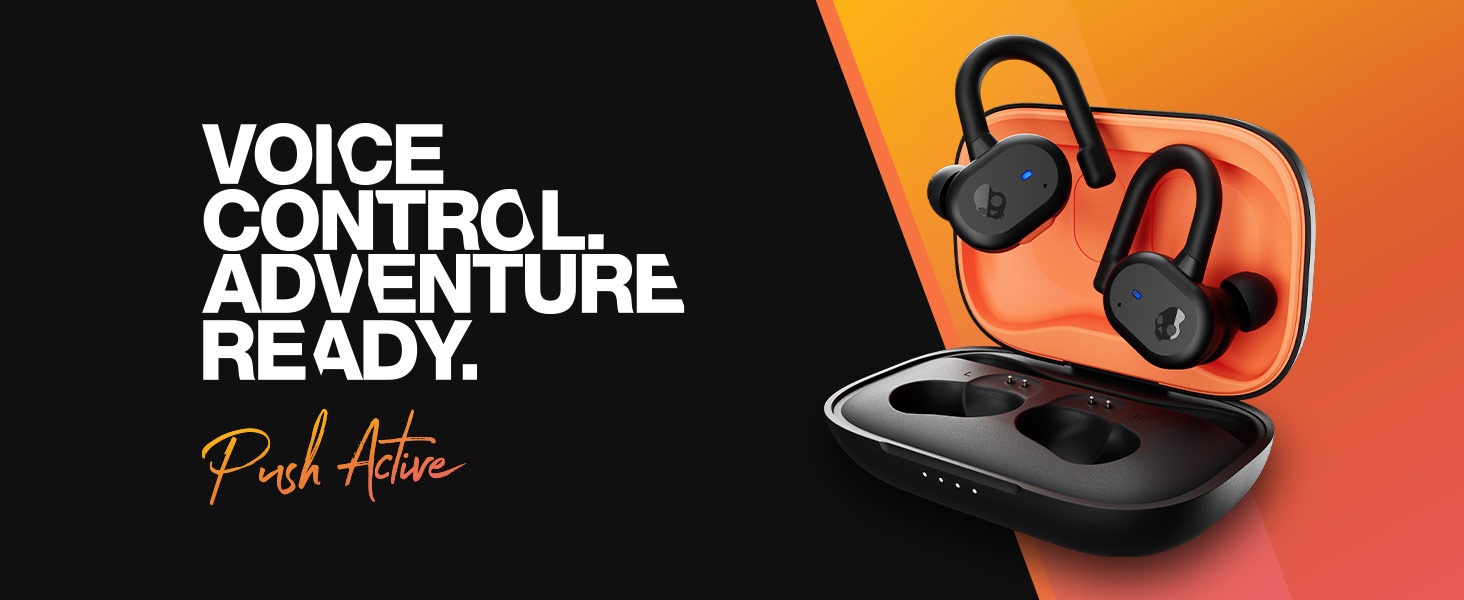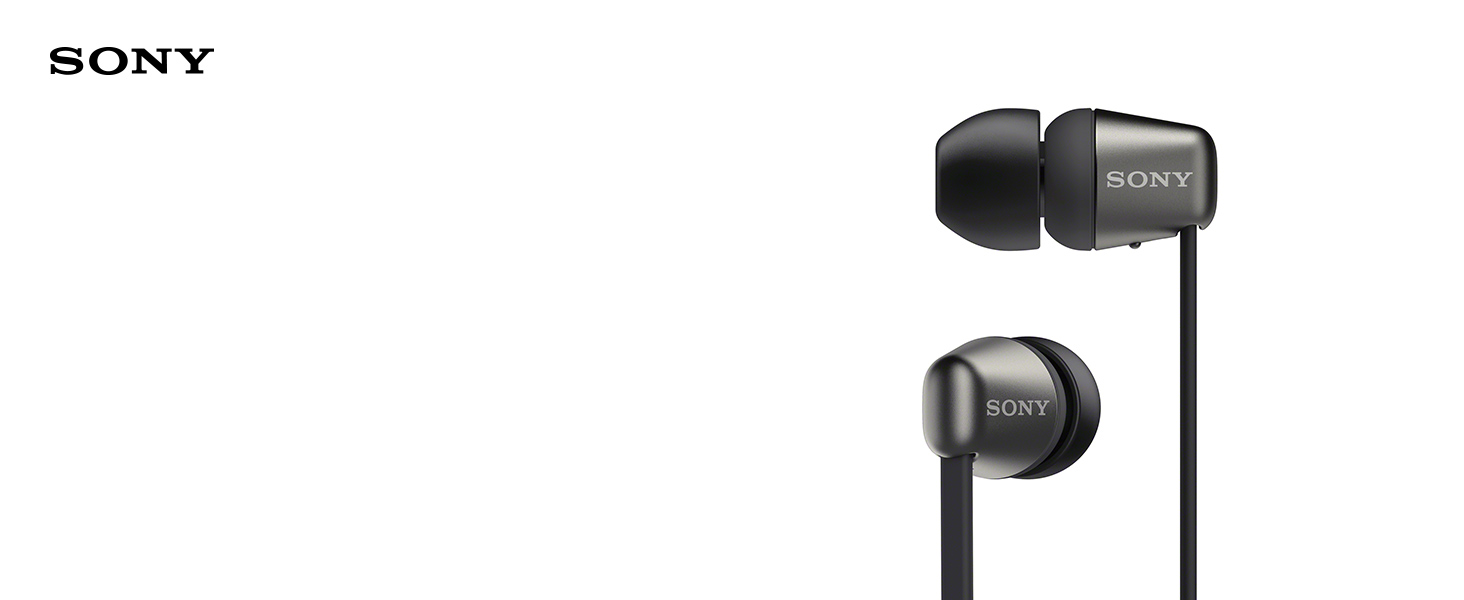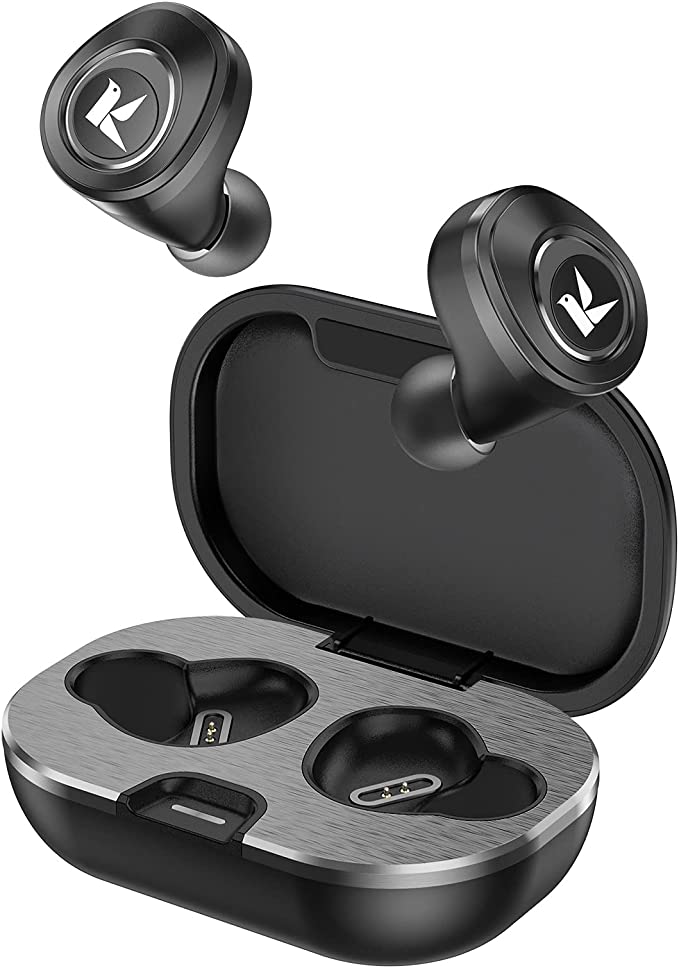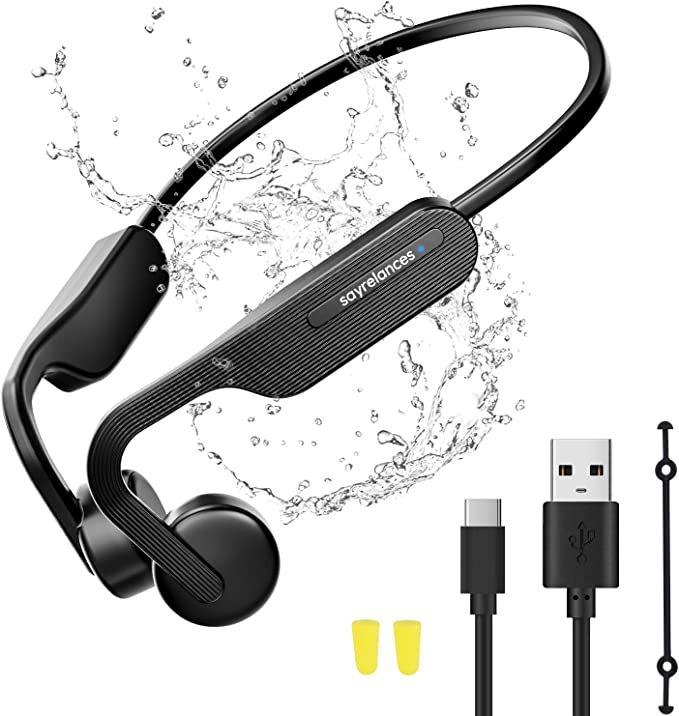Protecting Little Ears: A Guide to Safe Listening with Picun E5 Kids Headphones
Update on Feb. 17, 2025, 11:26 a.m.
The rhythmic tapping of tiny fingers on a tablet, the giggles erupting during a cartoon – these are familiar sounds in many households. But amidst the digital symphony, have you ever paused to consider the impact of those sounds on your child’s delicate ears? As a pediatric audiologist with over two decades of experience, I’ve seen firsthand the increasing prevalence of noise-induced hearing loss in children, and it’s a growing concern.

The Sounds Around Us: A Symphony of Vibrations
Let’s start with the basics. What is sound, anyway? Imagine dropping a pebble into a calm pond. You see ripples, right? Sound travels in a similar way, as waves of vibration through the air. These waves have two key properties: frequency and amplitude.
Think of frequency as the speed of the vibration. A fast vibration creates a high-pitched sound (like a whistle), while a slow vibration creates a low-pitched sound (like a drum). We measure frequency in Hertz (Hz).
Amplitude, on the other hand, is the size of the vibration. A large vibration creates a loud sound, while a small vibration creates a soft sound. We measure amplitude, or loudness, in decibels (dB). The decibel scale is logarithmic, meaning that a 10 dB increase represents a tenfold increase in sound intensity.

Tiny Ears, Big Risks: Understanding Children’s Hearing
Children’s ears are still developing, making them more susceptible to damage from loud noises. The inner ear contains tiny hair cells, which are responsible for converting sound vibrations into electrical signals that the brain interprets as sound. Prolonged exposure to loud noises can damage or destroy these delicate hair cells, leading to noise-induced hearing loss (NIHL).
There are a few main types of hearing loss. Conductive hearing loss occurs when something blocks sound from reaching the inner ear, like earwax or fluid buildup. Sensorineural hearing loss, which includes NIHL, is caused by damage to the inner ear or auditory nerve. There’s also mixed hearing loss, a combination of both. NIHL is particularly concerning because it’s permanent and preventable.
The 85dB/93dB Solution: Smart Listening with Picun E5
This is where the Picun E5 Kids Wireless Headphones offer a valuable solution. These headphones are designed with a built-in volume limiter, allowing parents to switch between two maximum volume levels: 85dB and 93dB.
But what do these numbers mean? Let’s put them in context. 85dB is roughly equivalent to the sound of a busy city street or a noisy restaurant. It’s generally considered the safe limit for prolonged exposure (up to 8 hours). The 93dB setting, on the other hand, is comparable to the sound of a passing subway train. It provides a bit more volume for noisier environments, like a car ride or an airplane, but should be used for shorter periods.
How does the volume limiter work? It uses an electronic circuit that restricts the maximum electrical signal that can be sent to the headphone speakers. This prevents the headphones from producing sounds that exceed the set decibel limit, even if the volume on the connected device (like a tablet or phone) is turned up all the way.
Wireless Freedom with Bluetooth 5.0: Cutting the Cord, Not the Quality
The Picun E5 utilizes Bluetooth 5.0, the latest iteration of this wireless technology. Think of Bluetooth as an invisible, short-range radio wave connection between your child’s headphones and their device. But what makes 5.0 better?
- Enhanced Stability: Bluetooth 5.0 offers a more robust and reliable connection, minimizing those annoying dropouts and interruptions that can disrupt online learning or movie time.
- Lower Latency: Latency refers to the delay between when a sound is produced by the device and when it’s heard through the headphones. Bluetooth 5.0 significantly reduces latency, which is crucial for keeping audio and video in sync, especially during video calls or when watching movies.
- Increased Range: While children shouldn’t be wandering too far from their devices, the increased range of Bluetooth 5.0 provides more flexibility and freedom of movement.
- Better power efficiency: Lower power usage comparing older version.
Beyond Volume Limiting: A Closer Look at the Picun E5’s Features
The Picun E5 isn’t just about safe volume levels; it’s a well-rounded package designed for kids’ comfort, convenience, and learning needs.

Long-Lasting Battery: Power Through the Day
With an impressive 40 hours of playtime on a single charge, the Picun E5 can easily handle a full day of school, travel, or entertainment. This extended battery life is thanks to the efficiency of Bluetooth 5.0 and the use of a high-capacity lithium-ion battery. And when it’s time to recharge, the USB-C fast charging feature gets you back to full power in just 1.5 hours. Think of battery capacity, measured in milliampere-hours (mAh), like the size of a fuel tank. The bigger the tank, the longer you can go before needing to refuel.

Sharing is Caring: The Built-in Sharing Port
The Picun E5 includes a clever sharing feature: a 3.5mm audio port that allows another headphone set to be plugged in, sharing the audio from the same source. This is perfect for siblings watching a movie together on a road trip, or for classmates collaborating on a school project. No more fighting over who gets to listen!

Crystal-Clear Communication: The Noise-Canceling Microphone
Whether it’s for online classes, video calls with grandparents, or recording voice memos, the Picun E5’s noise-canceling microphone ensures clear communication. This microphone uses technology to reduce background noise, making your child’s voice easier to hear, even in a busy environment.
Wired & Wireless Mode: Offer Flexibility
The Picun E5 offers both wireless (Bluetooth) and wired (3.5mm cable) connectivity. Wireless is great for freedom of movement, while wired is perfect when Bluetooth isn’t available or when battery is low. The include wired cable provides clear sound quality.
Comfort and Durability: Designed for Little Heads
Comfort is key, especially for extended wear. The Picun E5 features an over-ear design with soft, synthetic leather earcups. This design helps to isolate sound and provides a comfortable fit, even for sensitive ears. The adjustable headband ensures a secure fit for a wide range of head sizes (ideally suited for ages 3-16), and the foldable design makes them easy to store and transport. The materials used are durable and designed to withstand the rigors of daily use by kids.

Creating a Safe Listening Environment: Beyond Headphones
While volume-limiting headphones are a crucial tool, creating a safe listening environment goes beyond just the headphones themselves. Here are a few additional tips for parents:
- The 60/60 Rule: Encourage your child to listen at no more than 60% of the maximum volume for no more than 60 minutes at a time.
- Take Breaks: Encourage regular breaks from listening to audio, even at safe volumes.
- Monitor Noise Levels: Be mindful of the overall noise level in your home and environment.
- Regular Hearing Checkups: Schedule regular hearing checkups with an audiologist, especially if you have any concerns.
Conclusion: Investing in Your Child’s Hearing Future
Protecting your child’s hearing is an investment in their overall well-being and future. Noise-induced hearing loss is a serious but preventable condition. By choosing headphones like the Picun E5, which are specifically designed with children’s hearing safety in mind, and by practicing safe listening habits, you can help your child enjoy the world of sound without putting their precious hearing at risk.





